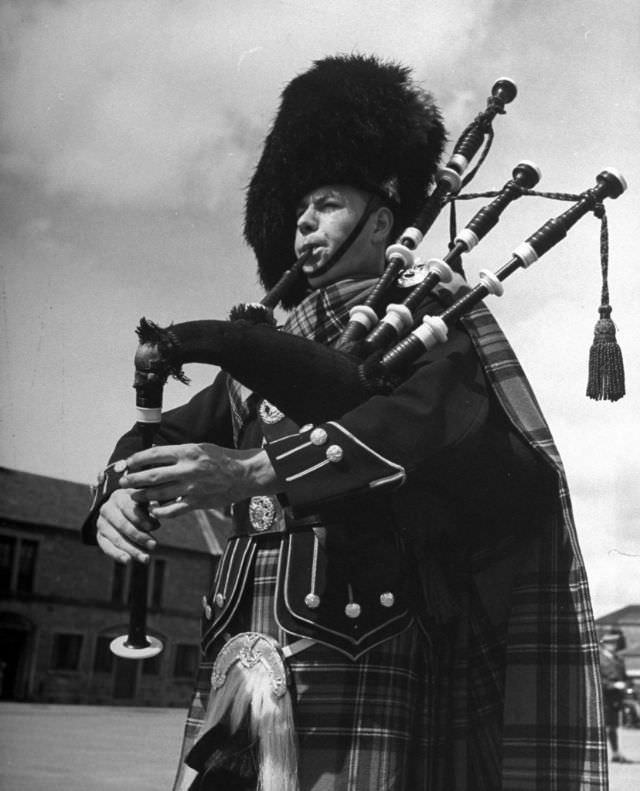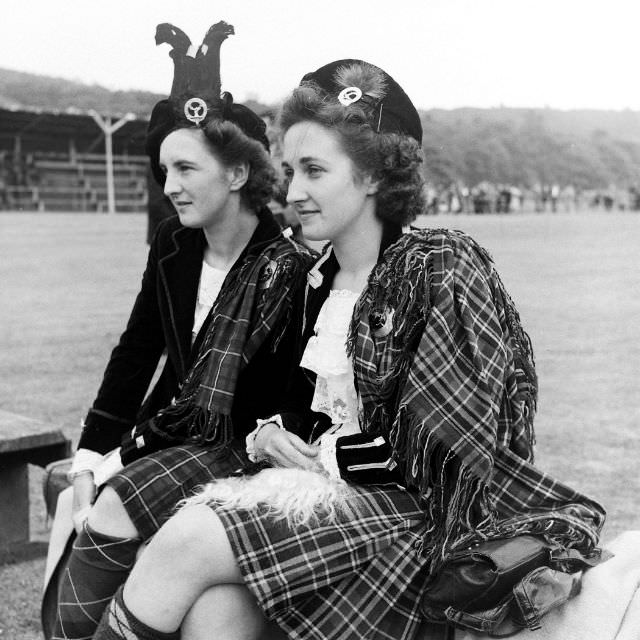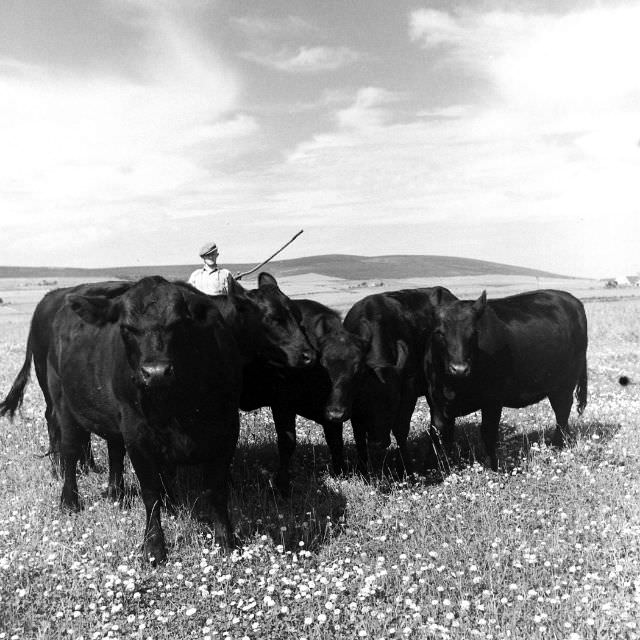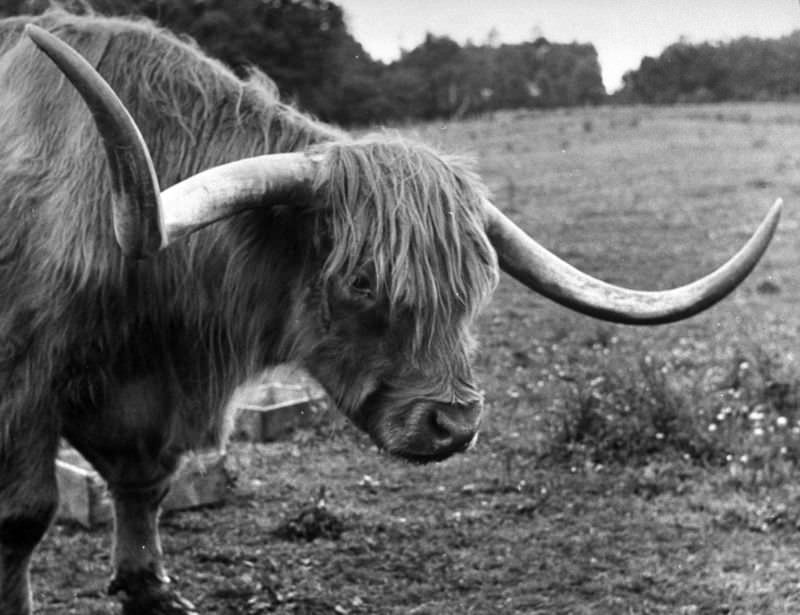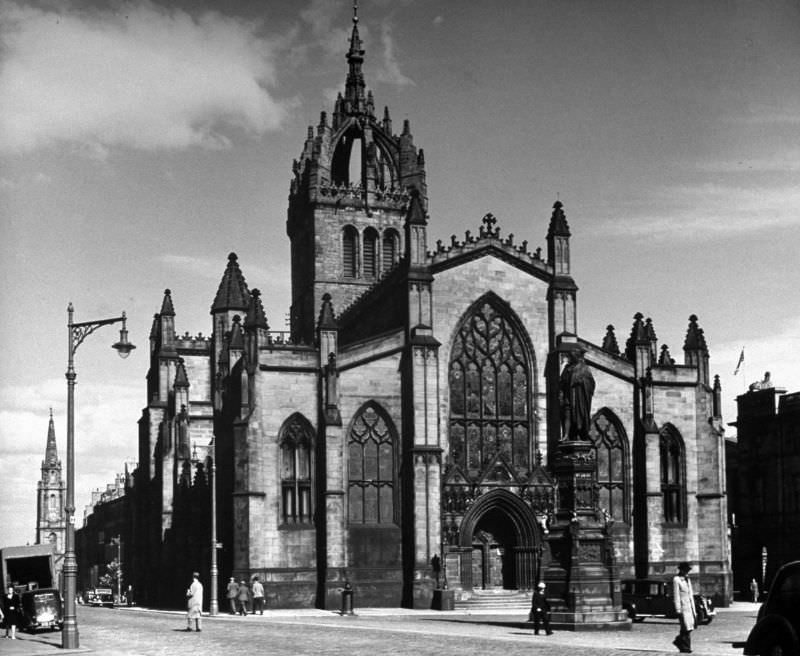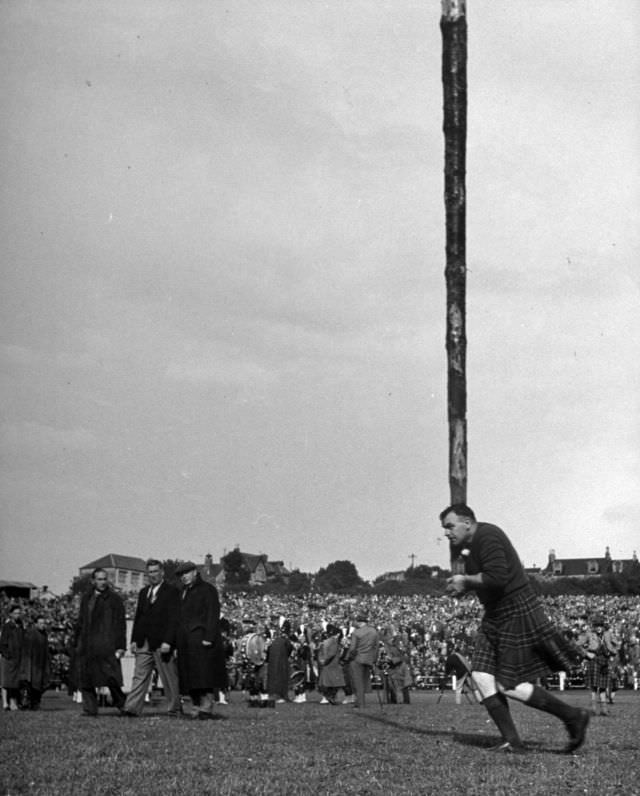In the immediate aftermath of World War II, Scotland was a country slowly emerging from the shadows of conflict, grappling with its past while also looking ahead to a brighter future. In 1947, LIFE magazine photographer, Hans Wild visited Scotland and documented life in striking photos. These photographs offer a timeless snapshot of a unique moment in Scottish history.
Scotland’s landscape, with its rugged highlands and serene lochs, served as the dramatic backdrop for the hardworking Scottish people. The economy was a juxtaposition of bustling city industries and pastoral countryside activities. Among the most celebrated exports were tweed, herring, and ships – products that bore the indelible imprint of Scottish ingenuity and hard work.
In the bustling cities, Wild’s lens captured another side of Scotland – one of industry and commerce. Scotland was renowned for its shipbuilding industry, with imposing vessels being constructed along the River Clyde. These ships, destined for ports worldwide, were a testament to Scotland’s global reach and industrial prowess.
Alongside these industries, the tradition of music played a vital role in Scottish life. One of the most iconic symbols of Scotland, the bagpipe, features prominently in Wild’s images. The intricate fingering of a traditional bagpipe melody, captured in close detail, reveals the deep cultural significance of this unique instrument.
But life in Scotland wasn’t solely about work and tradition. The Scots were also passionate about sports, and golf was a particular favorite. Scotland is the birthplace of golf, and its verdant golf courses, like the world-famous St. Andrews, were popular gathering spots for both locals and tourists.
#1 Competitors for the world championship danced the Reel of Tulloch, Scotland, 1947.
#2 Competitors for the world championship danced the Reel of Tulloch, Scotland, 1947.
#3 Ancient Castle Rock and its fortifications (upper right) have looked down on Edinburgh for centuries.

The royal residence of Scottish kings beginning in 1004, it was also the scene of witch burnings. The “Royal Mile,” a mile of streets connecting castle and Holyrood Palace, began beyond the castle at the extreme right. Essayist Thomas De Quincey was buried in the cemetery of St. Cuthbert’s Church (lower left).







